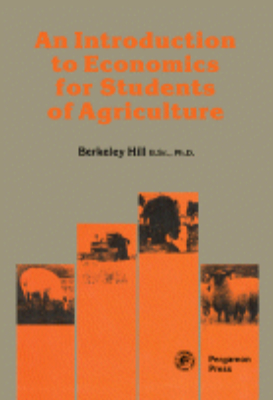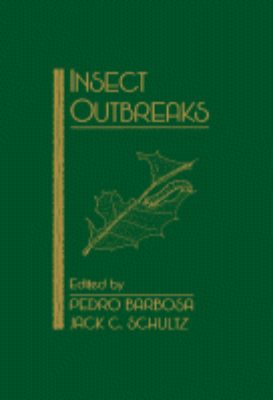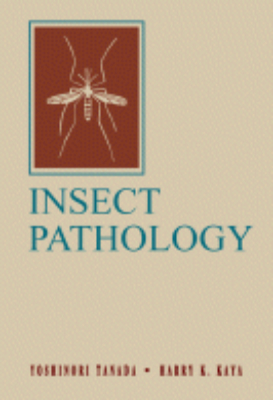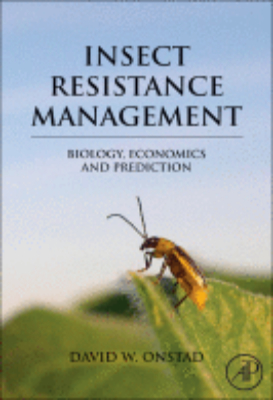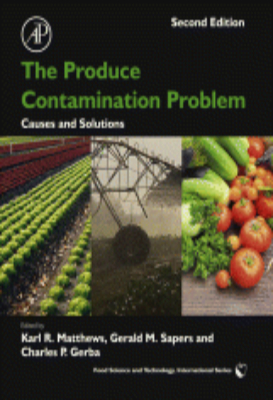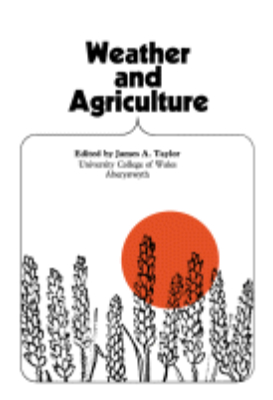Brinker Piermattei and Flo’s Handbook of Small Animal Orthopedics and Fracture Repair
“Stay ahead of the rising demand for orthopedic surgery in veterinary practice with the most trusted handbook for small animal orthopedics. Brinker, Piermattei, and Flos Handbook of Small Animal Orthopedics and Fracture Repair, 5th Edition is the expert reference you need to successfully understand, diagnose, and treat the wide variety of conditions affecting the locomotor system in small animals. As with previous editions, this comprehensive handbook offers readers a clear and consistent description of the most common orthopedic conditions along with the pathology, diagnostic work-up, surgical indications and planning, surgical approach, surgical techniques, complications, and follow-up recommendations that accompany them. This new edition also includes the latest information on fractures, musculoskeletal diseases, and the advances in methods of fixation, lameness correction, and joint surgery. Not only will readers gain access to routinely used orthopedic treatments such as plating, wiring, and pinning techniques this handbook also discusses the more complex modalities like minimally invasive surgery, and angle stable fixation systems with the newest information on interlocking nail and locking plate technologies. With this unrivaled reference, youll have the expert guidance you need to successfully diagnose and treat nearly any musculoskeletal case you may encounter in daily practice. Key Features. Clear, concise coverage covers the pathology, diagnostic work-up, surgical indications and planning, surgical approach, surgical techniques, complications, and follow-up recommendations for the most common orthopedic conditions.. Step-by-step line drawings clearly illustrate different types of fractures and demonstrate the surgical procedures used to affect repairs detail that cant be conveyed in clinical photographs.. Anatomical organization provides quick access to information on both fractures and other conditions for each region of the body.. NEW! Advances in joint surgeries, specifically the knee, shoulder, and elbow, keep practitioners abreast of the latest technology and best practices.. NEW! Coverage of minimally invasive surgery has been added to the many chapters.. NEW! Advances in imaging (MRI, CT, and radiographs) are included to keep practitioners up to date on the latest technology.. Updates on new fixation technologies include angle stable interlocking nails and locking plate fracture fixation systems.. Updates on common surgeries include triple pelvic osteotomy and total hip replacement. NEW! High-definition clinical photographs have been added to give readers a closer view of various fractures and repair techniques.”
| Publication Language |
English |
|---|---|
| Publication Access Type |
Premium |
| Publication Author |
* |
| Publisher |
Elsevier |
| Publication Year |
* |
| Publication Type |
ebooks |
| ISBN/ISSN |
* |
| Publication Category |
Animal Science |
Kindly Login to ICAR Digital Library Portal.



